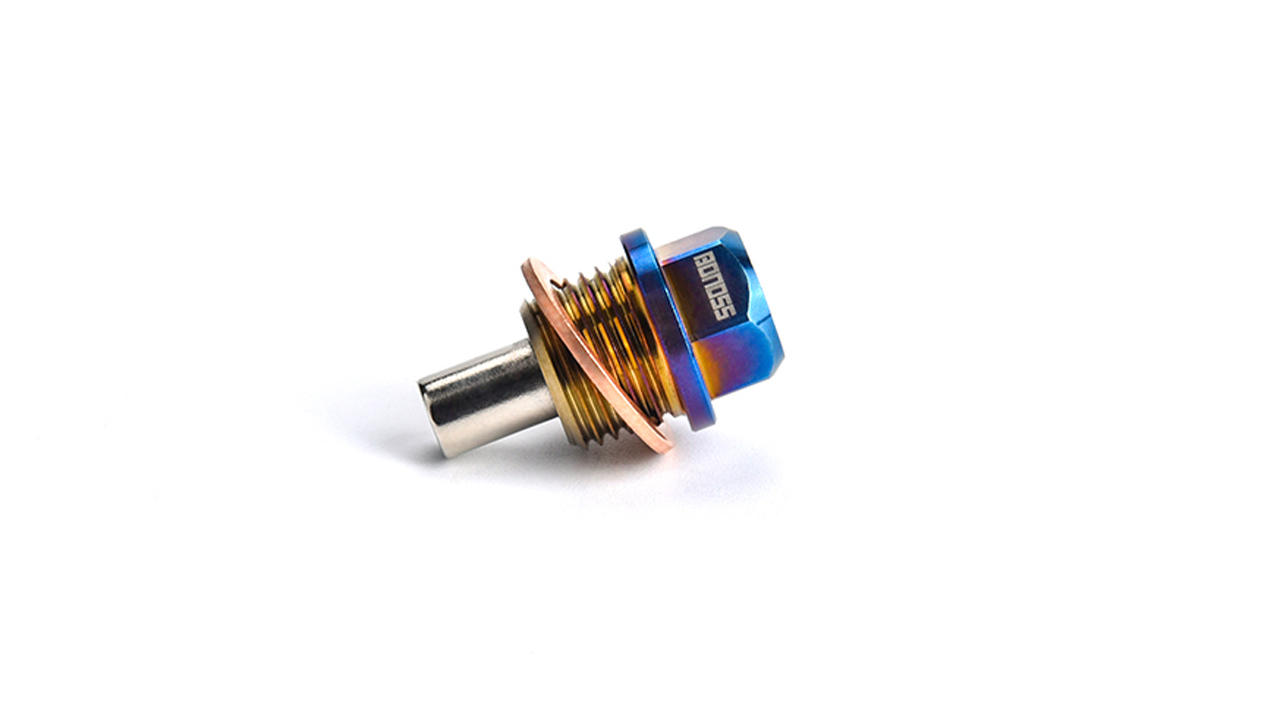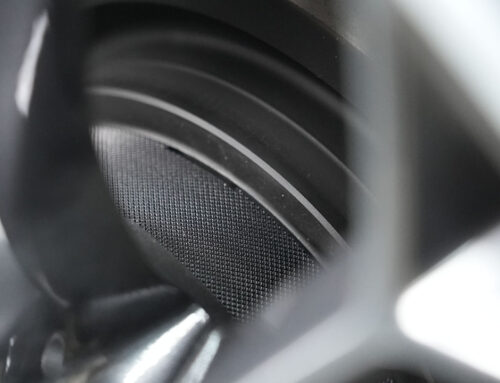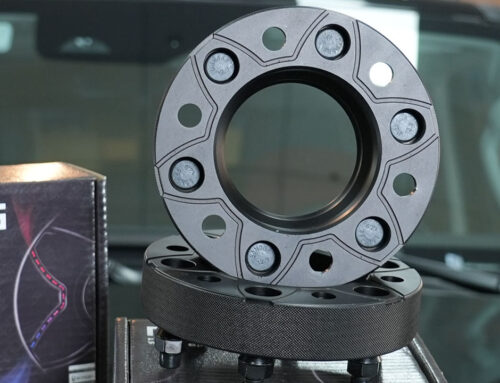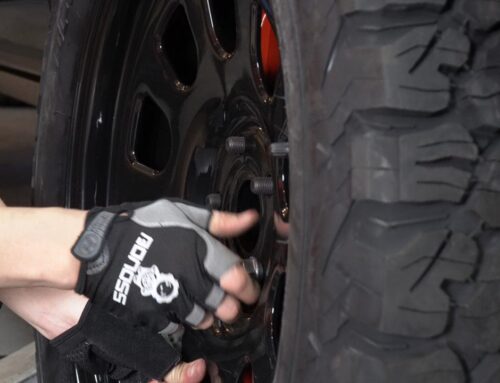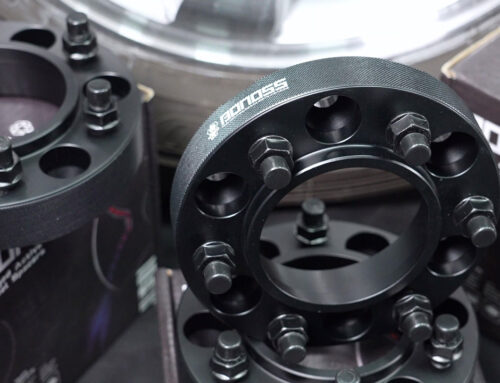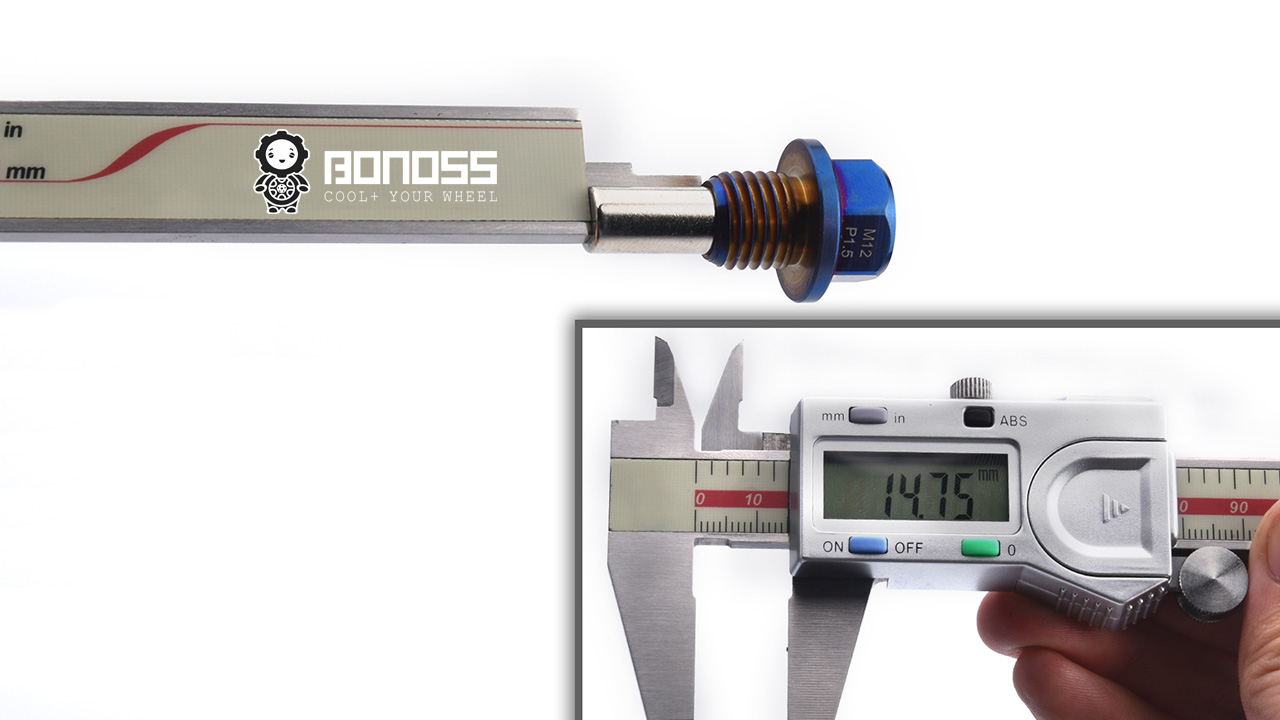
As a thumb of rule, there is not a universal magnetic oil drain plug that works well for all vehicles. The drain plug is nothing but a special bolt. Every fuel vehicle comes with its oil plug installed. In daily use, we remove the plug, drain the oil, and put the plug back. Once it is damaged or lost, there is a pretty high chance you need to replace it. Finding out what size of oil drain plug fits your vehicle is a crucial step in replacing it. It is not too difficult to measure the size if you get the right tools. Generally, oil drain plugs do only come in a couple of sizes. A given car maker would generally use the same size plug in all their cars, it’s cheaper and easier that way. Some oil plugs are marked with sizes on the surface, like M12x1.5, M14x1.5… You can also figure it out on the Internet. When neither of these works, it is better to measure on your own. So, let’s start, the first step is simply locating the drain plug and taking it out.
Step 1: Taking off your stock oil drain plug
Generally, the vehicle’s service manual provides the visual location of the oil drain plug. Park your car on a level surface safely and get some hand tools like a socket wrench and a torque wrench ready. It is recommended to run the engine and let it go idle for only a couple of minutes. Because the warm oil will drain faster and loosen the dirt. But don’t make your engine reach the full operating temperature, because the oil will be too hot to safely drain. Park the car in a safe, level area, leave the wheels in contact with the ground, apply the parking brake, then remove the key. Slide down underneath the car. The oil drain should be located around the engine oil pan. To add insurance, get your safety glasses and gloves on and position an oil waste pan beneath the oil drain plug to soak up any potential mess. Then, use a socket wrench to loosen up the plug but don’t completely remove it.
Step 2: Drain the old engine oil
Use your fingers to carefully spin the plug, remove it, and let the oil drain into a pan. Be cautious! The draining oil may be hot.
Step 3: Measuring the stock oil drain plug
Wipe the stock drain plug with a soft cloth, make sure the surface is clean. Measure the plug with several tools to get basic information. There are two vital factors, the thread pitch, and the diameter. The thread pitch is best measured in millimeters. Here we take the metric thread pitch as an example. Grab a very detailed ruler to measure from one high point to the next of the thread area in millimeters. Since this distance can be difficult for a few bolts, it is highly recommended to use a pitch gauge. Each pitch gauge has teeth in it that match certain pitches. Try to fit the teeth into your threads until you find the one that matches. When you get the pitch, write it down. For instance, you might have 1.5 mm. The thread diameter means the width of the thread area. Measure the width with a caliper in millimeters. This might be 14 millimeters across, write it down. There the thread of your oil plug will be M14 x 1.5.
Step 4: Finish up
Remount the stock oil drain plug. Pour in the proper amount and type of motor oil specified for your vehicle. Then run your engine, check the area around the oil drain plug to see if there is an oil leak. If there is a leak, stop the engine and repair it. If there is no leak, shut off the engine and let it rest for a few minutes to make the oil drain down. Now, you’ve completed the measurement of an oil drain plug! Remember to dispose of the old oil properly. It is always a great idea to regularly inspect the tightness of the oil drain plug, especially soon after installation.

